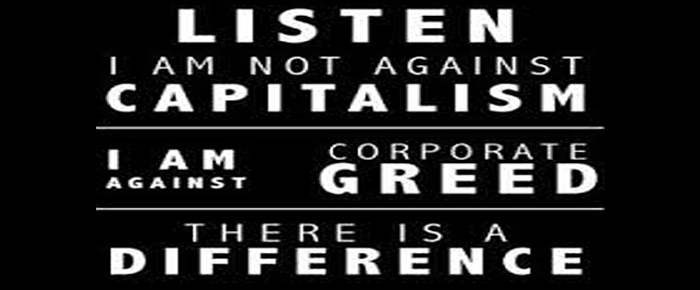
By Haddon Libby
The White House has been touting the August unemployment number of 5.1% as the best results since March, 2008. While the economy is doing significantly better than at any point during the Obama Administration, a deeper look shows that fewer people are ‘participating’ in the economy. In fact, only 62.6% of working age adults are actually working, 3.5% lower than March, 2008. For comparison, the US participation rate for working age men is 87% versus 96% in Japan, 93% in France and Germany, and 92% in the United Kingdom.
Of the new jobs created since the Great Recession, most were in low wage positions with many people working one or two part-time jobs versus one full-time job. This has been great for corporate profits and stock values but has caused the recovery of the US economy to be slower and less robust than previous recoveries. This only makes sense as two-thirds of the US economy is driven by consumer spending. If consumers are making less, it is difficult for them to spend more. Additionally, the cost of things like food, healthcare, and, until recently, energy have gone up substantially for the last seven years forcing consumers to make harder decisions when spending their limited funds.
To see a more robust recovery, it is incumbent upon each of us to spend our dollars wisely. This does not mean buying the lowest cost product possible but buying goods and services from companies that pay workers living wages while sourcing their products from US manufacturers.
As an example, when you buy something at Wal-Mart, you are actually making your community poorer. This is because the majority of products sold at Wal-Mart are produced overseas. This means that a large percentage of your dollars are sent overseas. Next, the average worker at Wal-Mart is paid less than $10/hour and receives $1,000/year in government assistance to live. This means that your tax dollars subsidize Wal-Mart operations. With operating profits of more than $500 million per week, those monies are then concentrated in the hands of a few executives and large shareholders like the Walton family. By shopping at Wal-Mart, your dollars are leaving your community and being sent to places like China and our countries’ most affluent.
While you and others may need to shop at Wal-Mart because of your personal financial condition, it is important to know that shopping at places like these, force other companies to engage in similar tactics which makes our local economy and the US economy as a whole weaker.
Wal-Mart is not alone in its exploitation of workers and the financial condition of its shoppers – Wal-Mart is simply the best at it. Of the 123 million workers in the United States, 1.1% work for this company.
So which companies are some of the largest exploiters of their workers?
Yum! Brands include KFC, Taco Bell and Pizza Hut. Most of their workers earn less than $1,000/month and qualify for government assistance. Wages at Yum! Brands are typical in the fast food industry and include Burger King, McDonald’s, Red Lobster, Olive Garden and many others. The one exception is In-n-Out Burger which pays many of their store managers more than $100,000/year.
While Target, Macy’s and Starbuck’s have better reputations than many of their competitors, their wage structures are very similar. The same can be said for Sears, TJ Maxx, Marshall’s and many other large box stores.
To keep things in perspective, if the minimum wage rate would have kept up with the rise in executive salaries over the last twenty-five years, the minimum wage would be $23/hour.
If you want to make a difference, shop at local stores run by local people while eating at local restaurants owned by local people. If you do this, most of the money you spend stays in your community which helps in creating better local employment opportunities.









































